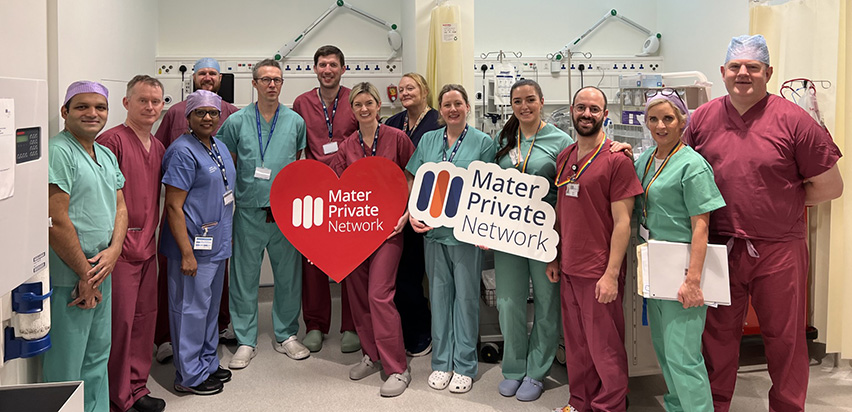11th December 2024
Bunion Myths: Expert Corner with Mr. Shane O’Neill
Bunions, also known as Hallux Valgus, are characterised by a bony bump that forms at the side of the big toe. They occur due to structural weakness in the foot, which causes the bones in the front part of the foot to shift out of place, pulling the big toe towards the smaller ones.
.jpg?sfvrsn=e759e907_0)
One of the most common myths surrounding bunions is that high heels or ill-fitting footwear are mainly responsible for their development. Wearing high heels, especially those with narrow, pointed toes, can indeed make the condition more symptomatic. When the toes are squeezed into an unnatural position for long period of time, pressure is placed on the joint of the big toe.
However, high heels are not the root cause of bunions. Many people who never wear heels still develop them, pointing to a broader range of contributing factors:
- Genetics: research has shown a strong correlation between genetic predisposition and the development of bunions. This inherited structural weakness within the foot can predispose you to bunions, regardless of your footwear choice.
- Gender: women have been found to be nine times more likely to develop bunions that men.
- Arthritis: conditions such as arthritis can increase the risk of developing bunions by affecting the joint health and alignment.
- Foot injuries: if you have sustained an injury to one or both of your feet, whether recently or years ago, the incident may have altered the way pressure is distributed across the foot, leading to bunions over time.
While the appearance of bunions may be bothersome, treatment is not necessary unless you are experiencing symptoms that affect your quality of life. If you are experiencing pain or discomfort due to the condition, it is advised you contact your GP or a physiotherapist.
Our Foot & Ankle Clinic, based in our Day Hospital in Northern Cross, is led by Mr. Shane O’Neill, Consultant Orthopaedic Foot & Ankle Surgeon. The clinic provides patients with bunions, hammertoes and other orthopaedic conditions of the foot and ankle, with access to diagnostic imaging, physiotherapy, and treatment on-site.
The above content was reviewed by Mr. Shane O’Neill, Consultant Orthopaedic Foot & Ankle Surgeon at Mater Private Network in Dublin.










.jpg?sfvrsn=c9cf6c7b_1)
.jpg?sfvrsn=c48321ac_1)

